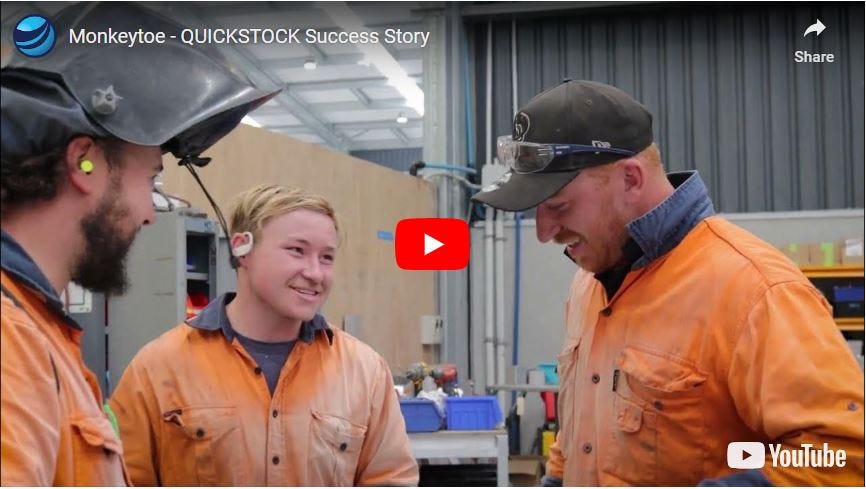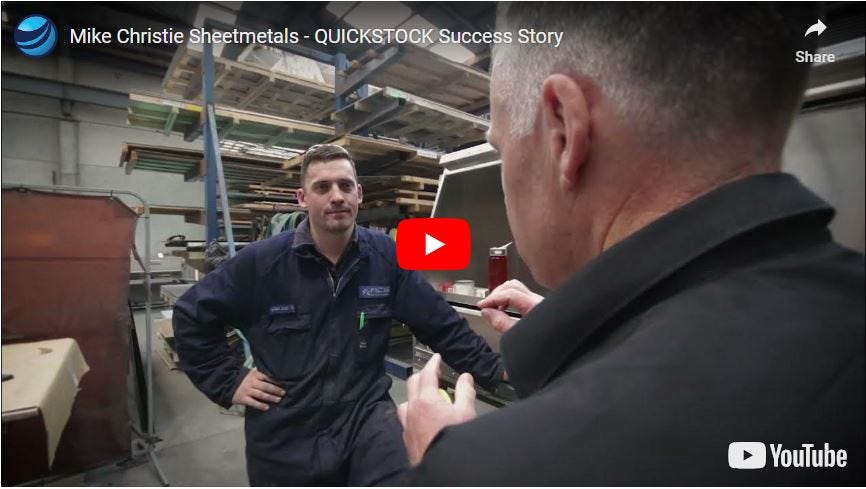7 Rules For Industrial Plant Reliability
‘Just get this plant reliable!’
Plant managers understandably want their engineers to make sure operations are running optimally 24/7. The cost of making that happen is much smaller than the cost of downtime.


Machinery/equipment failure can cause:
-
Production stop
-
Product spoilage and loss (eg. food)
-
Costly machinery/equipment repairs or replacement
-
Damaged relationships with business partners from supply delays
-
Revenue loss
Here’s 7 rules for keeping your industrial plant operating reliably:
1. Test Consistently
To keep machinery operating effectively, awareness is key – you can’t fix what you don’t know is broken. Oil testing is one of the best ways to detect machinery issues and implement solutions before they become detrimental. Oil testing and analysis can help in the early detection of:
-
Problems in the initial stages of development
-
Excessive wear and the source of that component’s wear
-
Unwanted contaminants, such as dirt, water, coolant, nitration, and incorrect oil
-
The lubricant’s suitability for further service time, i.e. oil and equipment degradation
-
Dilution of lubricants
-
Misapplication of lubricants
-
The oil’s physical properties
Regular testing will eliminate guesswork and provide proof of maintenance actions that need to be taken to keep operations running smoothly.
3. Consolidate Lubricants
Less is best. Try to keep the number of different oils and greases stocked to a minimum. Stocking special lubricants for every machine is often unnecessary and only serves to add complexity and cost to operations.
Consolidating lubricants will help to:
-
Simplify ordering for the purchaser
-
Simplifies processes for staff
-
Reduces likelihood of misapplication
-
Reduces stock holding costs
-
Keeps the storeroom tidier
4. Implement A Regular Maintenance Plan
Similar to consistent oil testing, implementing a regular maintenance plan will assist not only in keeping machines and equipment in good working order, but alerting you to anything out of the ordinary that should be looked at.
Keeping the plan/schedule visible and interactive will help with accountability and ensuring it is adhered to. For example, having a wall calendar that needs to be signed off once the tasks have been completed.
5. Enforce Training & Procedures
‘Enforce’ may sound a little harsh, but the reality is, operating and maintaining equipment and machinery in the right way is critical to keeping it in good working order – basically, looking after it will make it last longer and save money.
The people using the machines on a daily basis not only play a major role in protecting it from misuse, but they are also the ideal candidates for detecting any potential issues early. This is why it’s essential employees are trained not only in the correct use of equipment and machinery, but in how to identify potential problems and what to do about it.
6. Automate
Where possible, install automatic lubricators. These are a cost-effective alternative to manual lubrication, but also have the benefit of providing continuous and precise volumes of lubrication.
The issue with manual lubrication is it either doesn't get carried out enough or gets carried out too much. In either case, both under and over lubrication cause premature bearing/machine failure.
Benefits of using automatic lubricators include:
-
No more time-consuming manual lubrication.
-
Less labour-intensive maintenance.
-
Improved health and safety.
-
Reduction in lubricant consumption.
-
Reduced costly downtime and failures.
-
Improved production performance.
-
Extended asset life.
-
Reduced maintenance costs.
-
Reduced costly downtime and failures.
-
Improved production performance.
-
Extended asset life.
We recommend automatic lubricators that don’t rely on batteries to operate, such as the GREASOMATIC®96, ensuring reliability of the system.
7. Invest in Component Redundancy
Where equipment and machinery is vital to operations it’s important to plan around the estimated lifespan of components and have replacement parts available. Replacing components before they fail (making them redundant) will minimise the chances of downtime or major issues should they suddenly fail without warning. Mechanical engineers will be able to identify which machines and components should have a redundancy schedule.
 Need assistance?
Need assistance?







